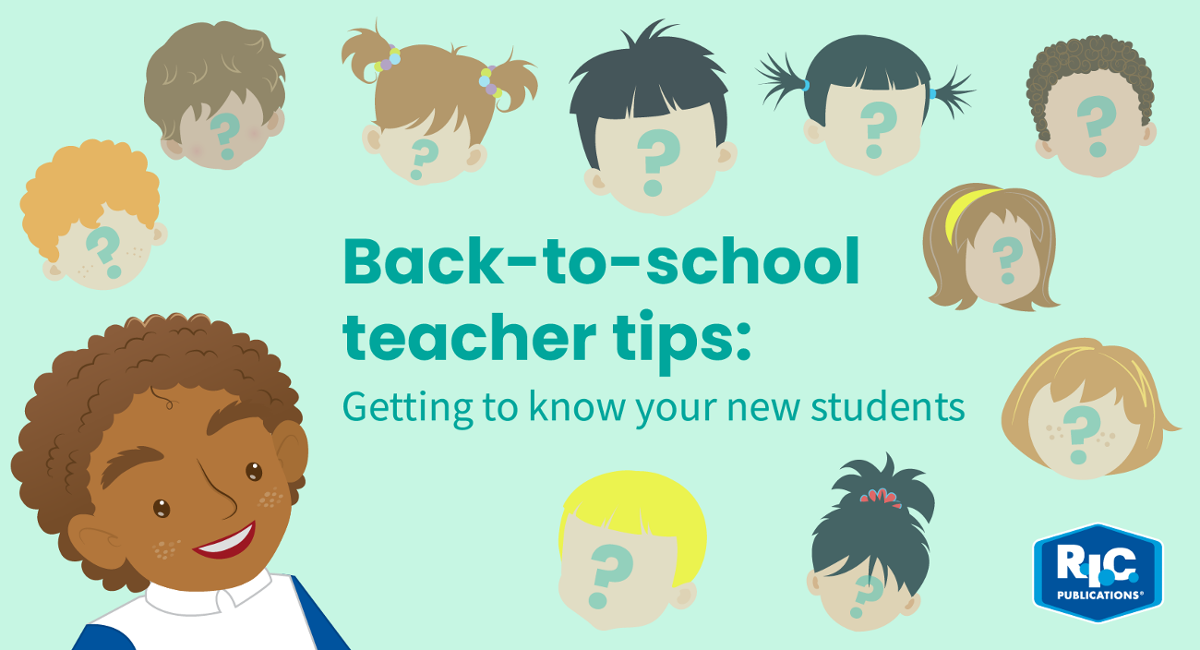- Monday 13 January 2020
- 0 Comments
A new school year brings a new assortment of unfamiliar faces and personalities into your classroom. It can take time to figure out how every student works best, both individually and with each other. However, don’t consider this a detriment, but an opportunity. Setting up classroom management strategies for the year can help you learn about your students (and them about you) as much as it can help control classroom behaviour. With that very idea in mind, we’ve compiled some of these strategies for your 2020 class below.
Adjustable seating plan
One of the first great challenges of a new class is the seating plan. Finding which students work well together is often a series of trial and error, and that task can feel daunting before a concrete seating plan you’ve neatly put together. Instead of boxing yourself into a strict plan that doesn’t work, make movable name tags for every desk by using velcro. That way, you can easily switch students around until you’ve found the perfect pairs and groups for the entire class to work in.
Classroom job chart
Responsibility is always an alluring power for students, especially when given by a teacher. A classroom job chart not only lightens your personal load of work, but also gifts students that responsibility and pride for their contributions to the class. There are plenty of designs out there with various patterns and themes, but a fun, modern choice is this phone app–styled job chart. Alternatively, if you’d like to create something simpler, a peg job chart is an easy-to-make yet clean-looking option. To see the creative side of your new students, invite them to decorate their peg or name label before adding it to the job chart.
Call and response
Good call and response techniques become so ingrained in students that many will still respond to them as adults. Not only are they a useful way to quiet a class, they can also be fun patterns that students enjoy repeating. While the classic clap pattern is the go-to option, don’t hesitate to try something different this year like a fun phrase or song. Setting yourself apart from other teachers can be a good way to introduce yourself to the class. A call and response can also be a useful way of representing a transition between different kinds of classwork, like moving from group work to individual work, rather than a silencing technique.
Hand signs
Isn’t it a bother when an engaging lesson is disrupted mid-sentence because a student needs to ask a simple question, like whether they can go to the bathroom? To start this year off on a smoother note, it might be helpful (and educational!) to teach students simple questions in Auslan. That way, you can answer without having to break the flow of a lesson or know what a student needs with a single look. Furthermore, students can even use Auslan to show their excitement or agreement with each other without having to talk. Here are the signs for toilet, tissue, question, comment, agree, amazing and thank you.
Problem chart
Although hand signs are great for asking simple questions, students need to learn that some questions don’t even need to be asked. Instead, there are problems that they can solve alone. In one of your first lessons, write up some questions or situations and have students decide whether or not they need to ask you for help. You can then put these answers into a problem chart, which students can look at before deciding whether they need to speak with you. This can help accommodate all those little interruptions that students can handle alone. Here’s an example of a problem chart.
Connecting personally
One of the most important parts of being a teacher, from the very start of the school year to the end, is being a dependable figure that your students can rely on. In some cases, you may be the only constant adult in their life who has the time to pay attention to them. Make it a daily goal to share at least one moment with each student: take a minute to ask them how they’re feeling, what they’re excited about or what’s worrying them. You could also place an ‘I wish my teacher knew’ box in the classroom. This is exactly what it sounds like: a box where students can write what they want to tell you without needing to say difficult things out loud. It can be an eye-opening activity that helps you understand your students at a deeper level.
Whatever strategies you end up using, R.I.C. Publications wishes you and your new students good luck for the school year!
In need of a new teacher resource for term 1? Check out our range here!
Need something to brighten up your classroom walls? Download our FREE classroom poster pack here!
